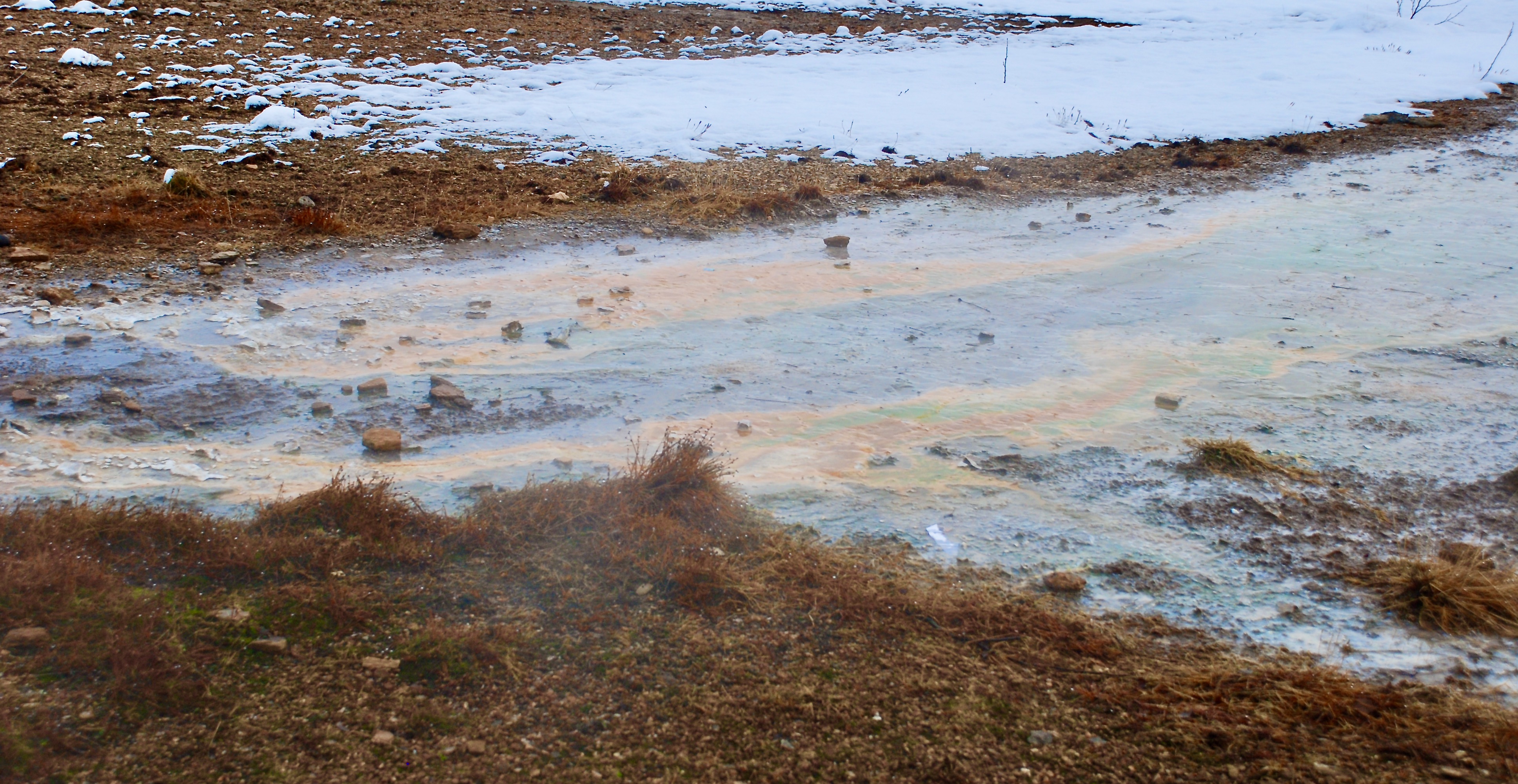Worfal Tundra
Situated in the far north west of the Continent of Hunar, the Worfal Tundra is a massive expanse of scrubby grassland that finds itself under a coating of frost for most of the year, except for the height of summer. It is battered by the winds that whip off the Ocean of Lasimar to the west and the Frost Sea to the north, as well as the winds and cold weather systems that flow down from the peaks of the Spiny Mountains that mark the southern border of the region. The plants, animals and people that live here must be tough to survive, and many who travel to the tundra to seek the sanctuary and liberation of the burgeoning state of Nova Norgantho find out to their peril how hard it can be to live there.
Geography
The Worfal Tundra is a wide, flat, open expanse of scrubby grassland that undulates as far as the eye can see to the shingle beaches in the north and east and to the forest cover of the Grunwald in the east. The only thing that breaks the monotony of the landscape are occasional outcrops of rock, which stand as monoliths in the landscape, or occasionally form rocky avenues and landscapes, where the rocks have been weathered into sharp, jagged edges by the wind.
The climate of the Worfal Tundra is dominated by wind, rain and snow for most of the year, and in the most northern extremes areas are covered by permafrost, where only mosses and lichens can hope to have any success of surviving year to year. Summer in the Worfal is brief and is often the only time of year where the temperature consistently feels comfortable. Despite its rather drab appearance for most of the year, summer in the Tundra is marked by a riot of colour as the grasses and heather burst into bloom and try to make the most of the brief season.
Fauna & Flora
The high latitude and the strong harsh winds that blow from the surrounding oceans and mountains means that the flora in the Tundra has to be hardy to survive. Most of the vegetation is comprised of tough, spiny grasses, gorse and heather, along with short squat bushes that can survive the wintery assault of the winds. There are few trees, and what woodland cover there is is restricted to the northern slopes of the Spiny Mountains in the south, and the border with Langstrom Province and the Grunwald Forest in the east.
The fauna in the area has adapted to utilise the limited plant life available to them for sustenance, and Northern White Hares, Caribou and Bison can all be found roaming the wilderness, feeding on what they can. They are, of course, prey themselves to the bears and wolves that stalk them, and who are not averse to stalking the humanoid populace of the Tundra either, if they think they can score an easy meal.
Natural Resources
What the Worfal Tundra lacks in viable farmland it more than makes up for with the mineral resources that lie beneath its scrubby grasses and that rise up out of the ground in rocky outcrops.
All manner of metals can be found in the area, though there is a particular abundance of iron, copper and gold, along with some rich pockets of precious stones. It is these resources that turned the area into one of the Empire’s most productive mining areas, and these same metal yields are feeling the economy and defence of Nova Norgantho, enabling it to survive.
In addition, the south of the Worfal Tundra, particularly in the area where it borders the Destra Wetlands has large fields of peat, which can be burned as fuel source, a vital thing in an area where there are few trees.
Type
Tundra
Location under
Owning Organization
Contested By



Comments